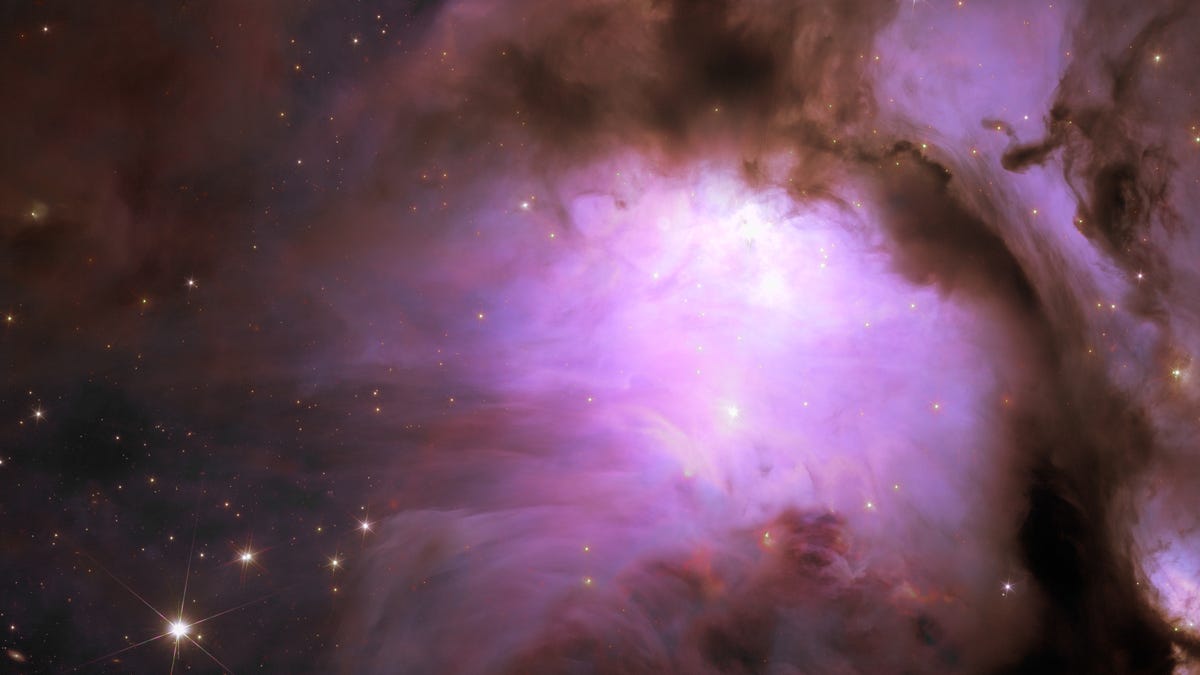
In July 2023, scientists launched the Euclid Space Telescope into orbit with a straightforward, albeit massive, task: to map the dark universe, revealing the dark matter and dark energy that we cannot directly observe but makes up the bulk of everything.
Advertisement
Now, scientists affiliated with the mission have published a huge amount of data that will inform how the team proceeds in attempting to directly detect dark energy—the mysterious stuff that apparently drives the universe’s accelerating expansion. (It’s not to be confused with dark matter, which makes up about 27% of the cosmos.)
Euclid’s first test images were published last August, but its first five scientific images were released in November. Those shots—capturing a few galaxy clusters, several galaxies, and an iconic nebula—are spellbindingly beautiful, in addition to containing useful data about dark energy and dark matter.
The new images are at least four times sharper than those taken with ground-based telescopes, according to a U.K. Space Agency release, and the latest image drop includes the largest images taken of space from space. The following images are early results from the telescope and make up just 24 hours of Euclid observations. In other words, it’s just a teaser for what scientists hope will be a prodigious portfolio of scientific data.
Euclid’s visible imager (VIS) boasts a staggering 600 million pixels, while the infrared sensors on the telescope’s Near Infrared Spectrometer and Photometer (NISP) add another 66 million pixels. Without needing to cut through Earth’s variable atmosphere to image the heavens—after all, it’s in them—Euclid is capable of taking particularly crisp images of structures deep in space.
“To achieve its core aim of better understanding dark energy and dark matter, Euclid’s measurements need to be exquisitely precise,” said Mark Cropper, an astrophysicist at University College London and who led the development of VIS’ optical camera, in the same release. “This requires a camera that is incredibly stable, incredibly well understood, with conditions inside it needing to be controlled very carefully.”
The VIS camera we developed will not only contribute beautiful images, but help us answer fundamental questions about the role of dark energy and dark matter in the evolution of the Universe,” Cropper added.
You can read all of the scientific papers associated with Euclid’s Early Release Observations here, on Euclid’s website (fair warning: there are a handful of them).
Without further ado, check out Euclid’s newest images in the following slides.
Services Marketplace – Listings, Bookings & Reviews